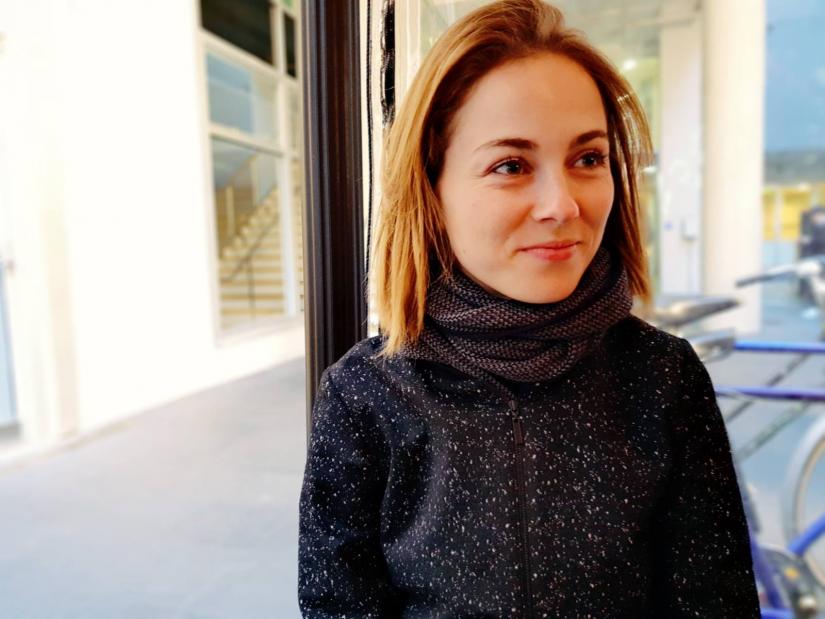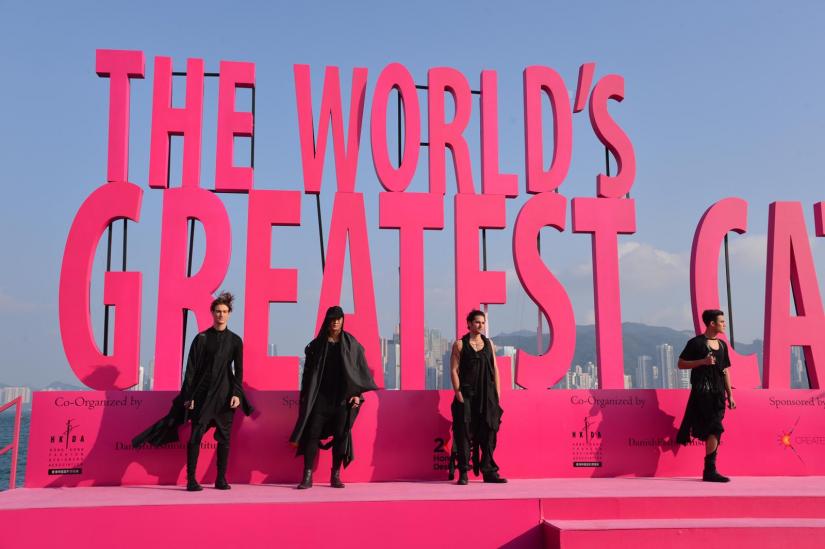Enya Moore is coming to a design festival near you
Once upon a time, design festivals were niche events – but if you ask Enya Moore, a PhD candidate in the School of Design, things have changed. Today, events like the Sydney Design Festival, Hong Kong’s Business of Design Week, NYCxDesign and (literally) hundreds more are becoming increasingly ubiquitous, and they’re serving broader audiences too.

These changes, coupled with a long-held fascination with the world of design, were the catalyst for Moore enrolling in a PhD. Through her research, which is supervised by Distinguished Professor Peter McNeil, Dr Matthew Holt and Dr Alexandra Crosby, she’s exploring design festivals as transnational entities and the transnational networks that these events create.
“Design events used to be focused solely on the design industry, but increasingly they’re becoming more like art festivals or biennales that a wider public engage with,” Moore says.
“I want to question what kind of discussions and ideas about design are promoted at these events and how these events connect different stakeholders, whether that’s organisations or institutions or curators or event organisers or participants or designers.”
Moore’s PhD is the latest step in a long professional journey through the world of international design. After graduating with a degree in BA (Honours) in Craft Design and History of Art and Design, she started working as an editor and a freelance journalist for a range of design publications – work that frequently sent her to design events across Europe.
Design festivals can be used as a lens with which to view a place where social, economic and political interactions collaborate, and sometimes collide, in the name of design.
Early on, she says, she realised these events were more than just commercial entities. Instead, they also had an important role to play in placemaking, economics and politics. It was a realisation that immediately piqued her interest, leading to a Master of Design Cultures at the Vrije Universiteit Amsterdam where she focused on the London Design Festival and its role as a creative hub within the UK.
“I got really interested in analysing these events at a deeper level, because a lot of the media coverage was focused on new products and new designers and the installations and the exhibitions that were on during that time, but I was very interested in who were these events benefitting and what was their purpose,” she says.
But by the end of her studies, she still wasn’t satisfied – “I felt like there were more questions than answers,” she says. A PhD seemed like the next logical step to continue expanding her research ideas, and in 2018, she found herself on a plane bound for UTS.
Now in the second year of her PhD, Moore has broadened her research perspective to look at design festivals more broadly, rather than taking a deep dive into a single event, as she did with her master’s degree. Previously, her engagement with design festivals had a distinctly European flavour; during her time at UTS, she’s attended festivals in Australia, China and Hong Kong, and she’ll also travel to the UK and Ireland later this year.

Hong Kong Business of Design Week. Photo: Kunstakademiets Designskole.
To date, Moore’s research has shown that design festival agendas are often aligned with governmental visions of how design should be implemented into public policy. They also have a lot to tell us about the social, economic and political landscapes in which they exist.
“Design festivals can be used as a lens with which to view a place where social, economic and political interactions collaborate, and sometimes collide, in the name of design,” she says.
"My work reveals the role of design festivals in creating connections between places and people. These connections sometimes suggest cultural relations, and other times, acts of cultural diplomacy.”
As such, she says, her research outcomes could help stakeholders such as curators and event organisers, understand their own activities in a broader context. Policymakers with an interest in embedding design into their policy work can also benefit, as well as the general public, who are increasingly getting involved in these sorts of events.
“I think it’s very important for people to understand what design is, what it can do and who’s involved in the conversation. As design is being employed more in things like city planning, city branding and government policy, it’s important for the general public to understand what it’s all about,” Moore says.
